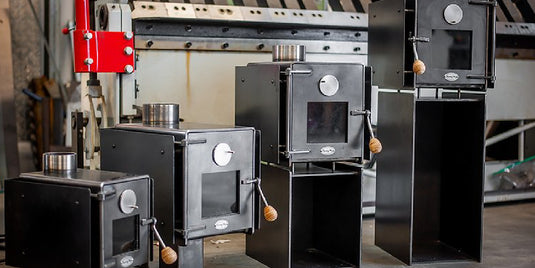Curious about solar? Wondering how you can make more sustainable choices or maybe even go off the grid? This comprehensive quick-start guide will help you get started.
HOW DOES SOLAR POWER WORK?
Solar panels harness energy from sunlight and a series of devices create usable energy for all kinds of electronics.
- Solar energy is harnessed by photovoltaic, or PV, panels.
- These panels send the energy to a battery bank (monitored by a device called a “charge controller”).
- The energy from the batteries is sent to an “inverter” which changes the DC (direct current) power from the batteries into usable AC (alternating current). - This is only if you’re wanting to still power 240V appliances.
- The inverter sends power to a breaker box, which sends power to all outlets and fixtures just like in a “normal” house.
SOLAR FAQ's:
“Do you have power when the sun goes down?”
Yes. The battery bank supplies enough power to last through the night and beyond.
“What about cloudy days?”
There is still solar energy reaching our eyes on cloudy days, so the panels “see” it but don’t operate at maximum efficiency. The battery bank can make up the deficit during extended cloudy periods.
“What if your batteries run low and it’s cloudy for a long time?”
A generator can be connected to the system to replenish the batteries in periods of extended dark.
“How do I know how much power I need?”
It really depends on lots of factors, including your usage, climate, and so on. Click here to use our handy solar consumption worksheet to get you started!
 is here! Shop now, pay later in 4 easy installments
is here! Shop now, pay later in 4 easy installments






